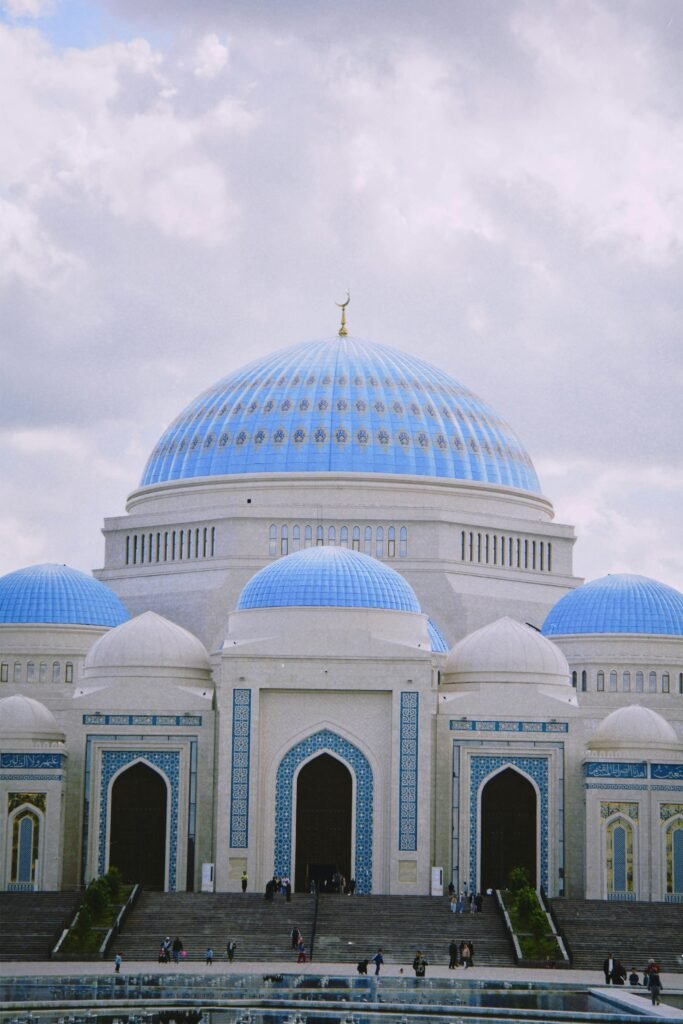Islamic News Watch: Urgent Appeal for Refugees in Crisis
Islamic News, poised at the crossroads of Islam’s spiritual heritage and urgent geopolitical shifts, has this week struck a resounding chord: Iran’s call to defend Muslim rights is both prophetic and compassionate, galvanized by current crises. This post delves deeply into that clarion call, interweaving religious insight, historical context, and contemporary dynamics—all under the illuminating umbrella of Islamic News.

2. What the Islamic Religion Commands: Foundation of the Appeal
2.1 Core Teachings of Islam
Islam, fundamentally, is a message of divine justice, compassion, and human dignity. The Qur’an emphatically decrees, “O mankind, indeed We have created you from male and female…” as a testament to equality. These tenets frame what the Islamic religion truly embodies: a covenant to defend the vulnerable and uphold justice universally.
2.2 Prophetic Precedent and Historical Context
In Islamic History, the Prophet Muhammad (peace be upon him) shielded the persecuted, including non-Muslims. His societal reforms infused the nascent Muslim polity with egalitarianism, placing refugee welfare and religious freedom at its heart. Iran’s current message, therefore, echoes a timeless legacy, bridging religious duty and geopolitical posture.
3. Framing the Appeal Through the Islamic Hijri Calendar
3.1 Hijrah: A Symbol of Transformation
The Islamic Hijri calendar commemorates the Hijrah—the migration from Mecca to Medina in 622 CE. Hijrah signifies spiritual rebirth and communal solidarity. By invoking this sacred timeline, Islamic News reframes Iran’s message as a modern-day spiritual migration toward justice for oppressed Muslims.
3.2 Islamic New Year: Spiritual Renewal
Marking the Hijri commencement, the Islamic New Year invites introspection and renewed purpose. It underscores the cyclical essence of justice—the need to reinvigorate pledges when facing contemporary injustices. Iran’s appeal thus resonates as a clarion to imbue this spiritual renewal with actionable compassion.
4. Historic Traces: Islamic History & Institutional Memory
4.1 Charter of Medina: A Model of Multifaith Justice
In Islamic History, the Constitution of Medina established rights for Jews, Christians, and pagans. Governed by common law and communal protection, it crystallized the principle of safeguarding the oppressed, regardless of faith. This model inspires the legal dimensions of Iran’s plea in Islamic News.
4.2 Successive Islamic Empires: Guardians of Plurality
From the Abbasid Caliphate’s cosmopolitan ethos to the Ottoman millet system, successive Islamic administrations institutionalized pluralistic governance. These rich legacies underpin the juridical dimensions of Iran’s current call to revive governance that genuinely protects Muslim and minority rights alike.
5. Mapping Ritual Praxis to Ethical Imperatives
5.1 What Is Roza? Fasting as a Moral Compass
Roza, or Ramadan fasting, cultivates emotional acuity—a visceral awareness of suffering. This empathetic transformation informs Islamic News narratives, transforming charity into a moral imperative. It catalyzes empathy-driven mobilization to defend refugee rights and marginalized Muslims.
5.2 What Is Salah? Prayer as Collective Empowerment
Salah, the rhythmic set of five daily prayers, reinforces solidarity and humility. These communal gestures forge a resilient moral fabric, bolstering calls to legislative and social action, as highlighted in Islamic Information and Islamic News.
6. Communal Festivities as Political and Spiritual Catalysts
6.1 What Is Eid? Celebration as a Call to Justice
Eid al-Fitr and Eid al-Adha embody communal thanksgiving and solidarity. These festivals—seen through the lens of the Islamic New Year—become potent inflection points for expansive outreach. Islamic News emphasizes how the joy of Eid can pivot into empathy-driven advocacy and systematic aid toward Muslim communities under duress.
7. Iran’s Manifesto: Legal, Spiritual, Political Bearings

7.1 Constitutional Reflection of Islamic Values
Iran’s constitution explicitly enshrines the protection of Muslim rights and defends oppressed populations globally. This legal positioning mirrors the spiritual ethos of Islam, affirming that invoking religious identity in global forums is both permissible and necessary.
7.2 Synergy Between Faith and Sovereignty
This model intertwines What Islamic religion with statecraft—melding spiritual mandate with geopolitical strategy. In Islamic News, this synergy is portrayed as a holistic paradigm: states are not only guardians of territory but also midwives of moral justice.
8. Millennials and Gen-Z: Digital Vectors of Islamic Information
8.1 Digital Advocacy
Young believers harness digital media—podcasts, social platforms, livestreams—to amplify Iranian calls. Their emotional narratives—infused with uncommon, poetic diction—engage global audiences, transforming social media into a nexus of political compassion.
8.2 Virtual Solidarity Initiatives
Crowdfunded campaigns, virtual educational workshops, and immersive storytelling are forging new pathways to mobilize solidarity. Islamic News amplifies how these movements are modern-day iterations of the Hijrah ethos—uniting hearts in defense, regardless of borders.
9. Addressing Islamophobia: Legal and Civic Strategies
9.1 Documenting Discrimination
Rigorous collection of hate incidents, mosque vandalism, and targeted policy reveals is central. Islamic Information outlets in Islamic News must spotlight statistics and personal stories to press lawmakers.
9.2 Legislation and Policy Change
Iran urges countries to criminalize hate crimes, safeguard religious practices, and promote intercultural education. Emulating early Islamic History models, this proactive approach is a keystone of the plea, weaving spiritual principles into civic frameworks.
10. Humanitarian Outreach: The Tangible Dimensions
10.1 Zakat and Sadaqah in Action
Charitable giving is a sacred channel for addressing refugee crises. Mobilizing zakat funds and sadaqah flow from sermons to structured aid—creating direct linkages between spiritual devotion and human relief.
10.2 Community-Based Ecosystems
Food kitchens, trauma counseling, education hubs, and vocational training embedded in refugee zones can arise out of Islamic congregations. Islamic News highlights how such grassroots setups channel spiritual covenant into concrete upliftment.
11. Future Trajectories: Unity, Justice, Hope
11.1 Multilateral Muslim Coalitions
Iranians propose organizing Muslim-majority states into cohesive blocs—blending diplomacy, humanitarian aid, and shared legal standards to institutionalize Muslim rights protection.
11.2 Spiritual Revival as Political Engagement
By invoking rituals—from the Islamic Hijri cycle to Eid, Roza, and salah—the Iranian appeal taps into ritual renewal movements, channeling inner spiritual revival into outward civic action. Islamic News projects this as a deeply integrative strategy.
Conclusion
This chapter in Islamic News is not passive reportage—it is an urgent summons rooted in the spiritual architecture of Islam, the historical tapestry of refugee protection, and the moral urgency of our time. By honoring what the Islamic religion truly mandates, by rediscovering the rituals of the Islamic Hijri calendar, fasting, prayer, and joyous festivals, we connect faith with justice.
Acting upon this appeal means more than sentiment—it demands concerted legal initiatives, civic engagement, youth-led digital movements, and heartfelt charity. Our spiritual traditions provide both inspiration and a blueprint. In heeding this call, we enact the essence of Islamic News: not merely capturing stories, but forging a living legacy of empathy, justice, and collective responsibility.
